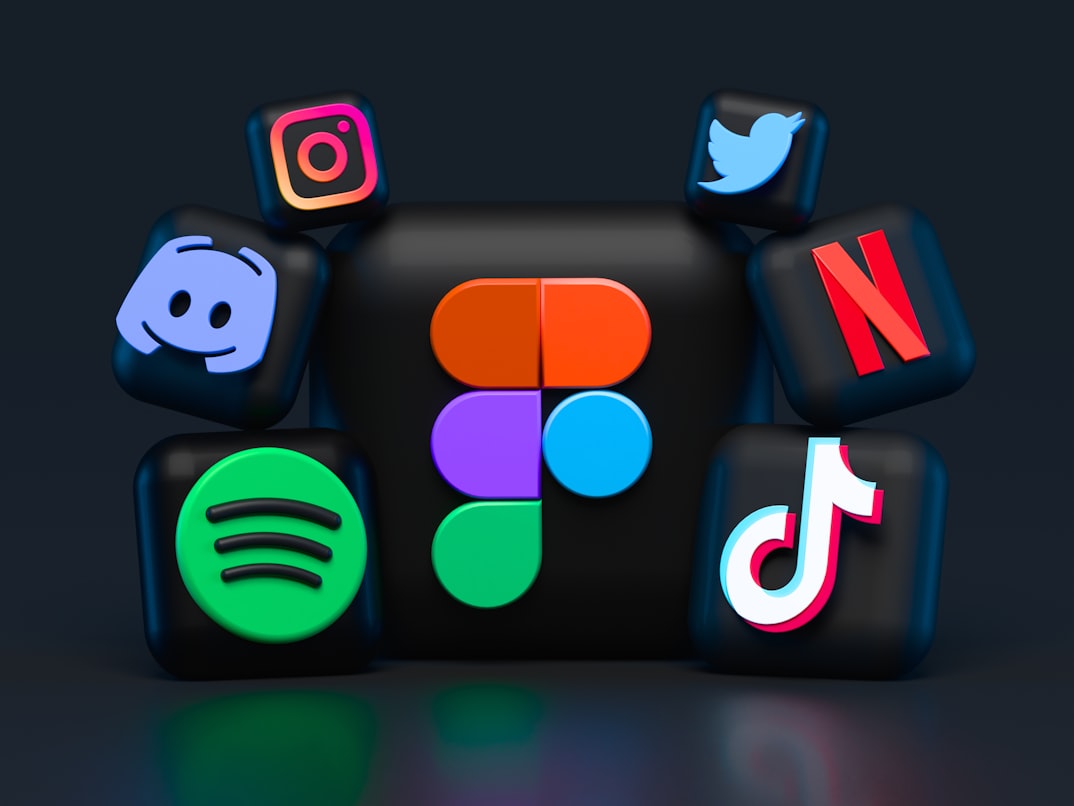📚 Table of Contents
- ✅ Introduction: The Future of Influencer Marketing
- ✅ Key Trends Driving Influencer Marketing in 2025
- ✅ Top 20 Influencer Marketing Strategies for 2025
- ✅ Emerging Platforms to Watch
- ✅ How to Measure Success in Influencer Campaigns
- ✅ Real-World Case Studies of Successful Campaigns
- ✅ Challenges and How to Overcome Them
- ✅ Conclusion
Introduction: The Future of Influencer Marketing
What will influencer marketing look like in 2025? As digital landscapes evolve, brands must adapt to new trends, platforms, and consumer behaviors to stay ahead. Influencer marketing is no longer just about celebrities endorsing products—micro-influencers, AI-driven collaborations, and immersive experiences are reshaping the industry. In this deep dive, we explore the top 20 influencer marketing strategies that will dominate in 2025, backed by data, trends, and real-world examples.
Key Trends Driving Influencer Marketing in 2025
The influencer marketing landscape is undergoing rapid transformation. Here are the major trends shaping its future:
- AI-Powered Influencers: Virtual influencers like Lil Miquela are gaining traction, offering brands 24/7 engagement without human limitations.
- Micro and Nano-Influencers: Smaller creators with highly engaged audiences are proving more effective than mega-influencers for niche markets.
- Immersive Content: AR filters, VR experiences, and interactive live streams are becoming standard in influencer campaigns.
- Authenticity Over Glamour: Consumers crave real, unfiltered content, leading to a rise in “day-in-the-life” storytelling.
- Performance-Based Partnerships: Brands are shifting from flat fees to commission-based models tied to measurable results.
Top 20 Influencer Marketing Strategies for 2025
Here’s a detailed breakdown of the most effective influencer marketing strategies that will dominate in 2025:
- Hyper-Personalized Collaborations: Using data analytics to match influencers with audiences at a granular level.
- Long-Term Ambassador Programs: Moving beyond one-off posts to build lasting relationships with influencers.
- User-Generated Content (UGC) Campaigns: Encouraging followers to create content, amplifying reach organically.
- Live Shopping Integrations: Leveraging influencers to host real-time product demonstrations and Q&A sessions.
- Cross-Platform Storytelling: Coordinating campaigns across Instagram, TikTok, YouTube, and emerging platforms.
- AI-Generated Influencer Content: Tools like ChatGPT and DALL·E helping influencers scale content creation.
- Niche Community Building: Partnering with influencers to create branded online communities.
- Gamified Engagement: Incorporating quizzes, polls, and challenges to boost interaction.
- Sustainability-Focused Campaigns: Aligning with eco-conscious influencers to promote green initiatives.
- Behind-the-Scenes Content: Offering exclusive access to product development or brand events.
- Localized Influencer Hubs: Tapping into regional influencers for geo-targeted campaigns.
- Employee Advocacy Programs: Turning employees into brand influencers.
- Interactive AR Filters: Custom filters that let users “try on” products virtually.
- Podcast Sponsorships: Partnering with audio influencers for deeper storytelling.
- Influencer-Led Product Development: Co-creating products with influencers based on audience feedback.
- Data-Driven Audience Insights: Using AI to analyze engagement patterns and optimize campaigns.
- Short-Form Video Dominance: Prioritizing TikTok and Instagram Reels for viral potential.
- Ethical Transparency: Clear disclosures and honest reviews to build trust.
- B2B Influencer Marketing: Leveraging industry experts for professional audiences.
- Metaverse Activations: Hosting virtual events and experiences with digital influencers.
Emerging Platforms to Watch
While Instagram and TikTok remain dominant, these platforms are gaining traction for influencer marketing:
- Twitch: Ideal for gaming and live-streaming collaborations.
- Pinterest: A hidden gem for lifestyle and DIY influencers.
- Discord: Building engaged communities around niche interests.
- Snapchat Spotlight: Short-form video with high engagement rates.
- LinkedIn: Growing for B2B and professional services.
How to Measure Success in Influencer Campaigns
Key metrics to track in 2025 include:
- Engagement Rate: Likes, comments, shares, and saves relative to follower count.
- Conversion Rates: Trackable links, promo codes, and affiliate sales.
- Brand Sentiment: Analyzing audience reactions through sentiment analysis tools.
- Cost Per Engagement (CPE): Evaluating ROI based on interactions.
- Audience Growth: Follower increases attributed to influencer collaborations.
Real-World Case Studies of Successful Campaigns
Case Study 1: A beauty brand partnered with micro-influencers to launch a viral TikTok challenge, resulting in a 300% increase in sales.
Case Study 2: A tech company used virtual influencers to demo products in the metaverse, reaching Gen Z audiences with a 40% higher engagement rate.
Challenges and How to Overcome Them
Common hurdles in influencer marketing include:
- Fake Followers: Use third-party tools to audit influencer audiences.
- Regulatory Compliance: Stay updated on FTC guidelines for disclosures.
- Content Saturation: Focus on unique storytelling and authenticity.
Conclusion
Influencer marketing in 2025 will be defined by authenticity, technology, and data-driven strategies. Brands that embrace emerging trends, experiment with new platforms, and prioritize measurable outcomes will thrive in this dynamic landscape.


Leave a Reply